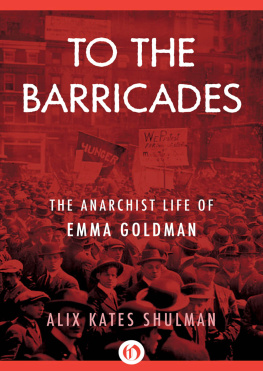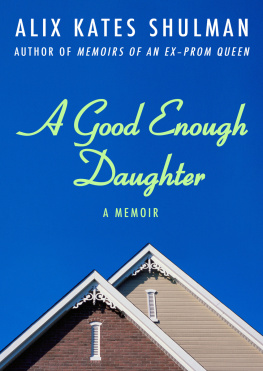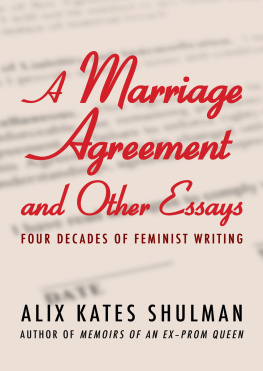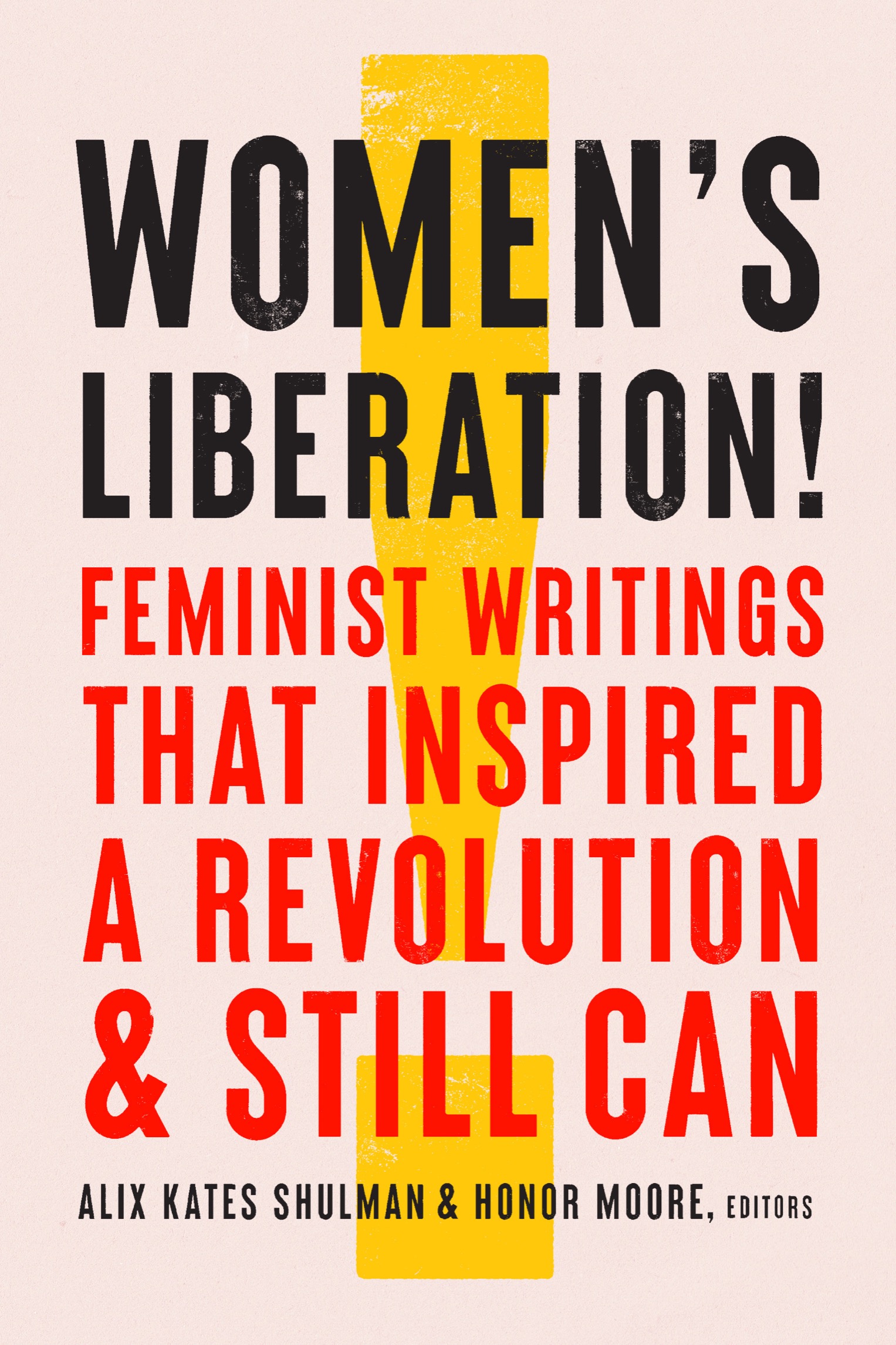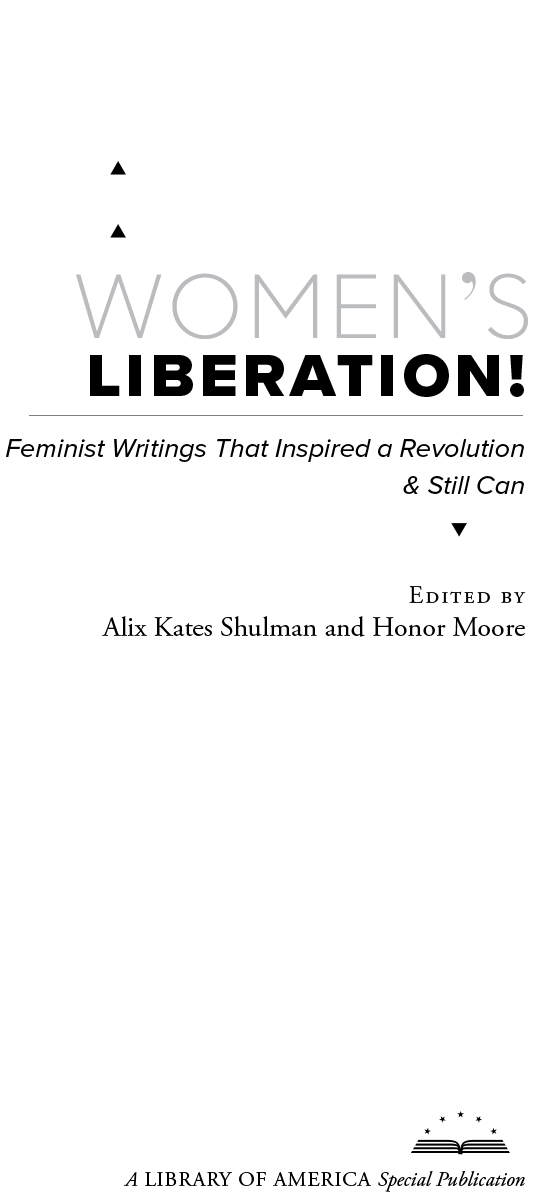
19701979
Acknowledgments
The editors wish to thank:
Ellen Chesler
Kara Clark
Diane Gelon
Carol Giardina
Zoe Gutenplan
Temma Kaplan
Emily Katz
Robert Leleux
Charlotte Sheedy
Barbara Smith
Barbara Winslow
and
Jenny Gotwal and the Arthur and Elizabeth Schlesinger Library of Womens History, Harvard University.
Kirsten Grimstad and Susan Rennie and their New Womans Survival Catalog/Sourcebook archives.
Laura Micham and the Sallie Bingham Center, Duke University.
Kathie Sarachild and the Redstockings Womens Liberation Archives for Action.
Holly Smith and the Womens Resource and Research Center, Spelman College.
Laura X and her now digitized International Womens Movement Archive.
To Library of America, gratitude for the invitation to edit this volume and for their guidance and hard work: Stefanie Peters, Max Rudin, Brian McCarthy, and Jennifer Didik.
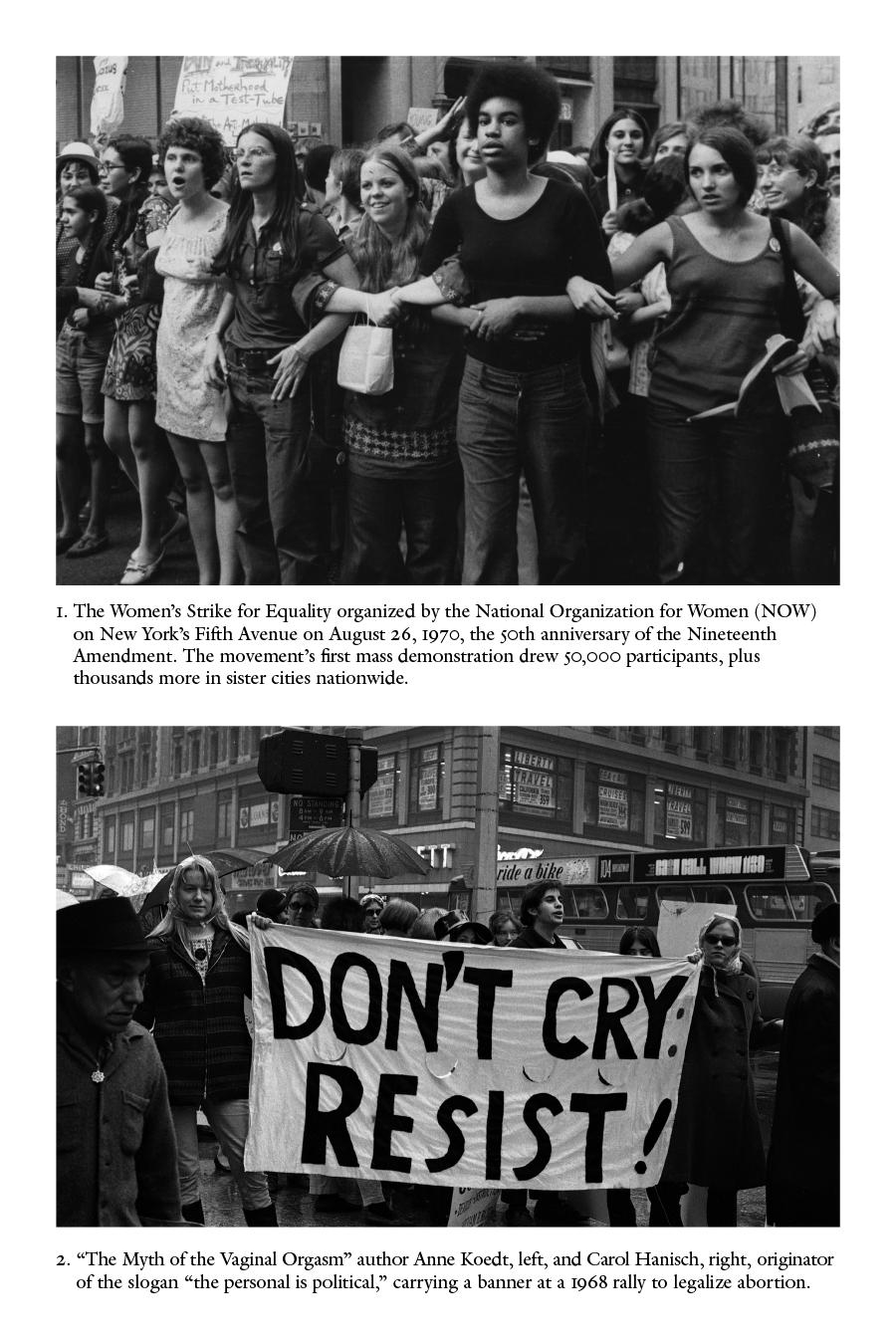
WOMENS LIBERATION!
Introduction and volume compilation copyright 2021 by
Literary Classics of the United States, Inc., New York, N.Y.
All rights reserved.
Published in the United States by Library of America.
Visit our website at www.loa.org
No part of this book may be reproduced in any manner whatsoever without
the permission of the publisher, except in the case of brief
quotations embodied in critical articles and reviews.
Some of the material in this volume is reprinted with the permission of holders
of copyright and publishing rights. See page 523.
Text design and composition by Gopa &Ted2, Inc.
Distributed to the trade in the United States by Penguin Random House Inc.
and in Canada by Penguin Random House Canada Ltd.
Library of Congress Control Number: 2020941403
ISBN 9781598536782
eISBN 9781598536997
Acronyms
AFDC | Aid to Families with Dependent Children |
CARASA | Committee for Abortion Rights and against Sterilization Abuse |
CORE | Congress of Racial Equality |
CR | Consciousness Raising |
EEOC | Equal Employment Opportunity Commission |
ERA | Equal Rights Amendment |
FACT | Feminist Anti-Censorship Taskforce |
FAP | Family Assistance Plan |
GAI | Guaranteed Adequate Income |
ILGWU | International Ladies Garment Workers Union |
LAPD | Los Angeles Police Department |
NAACP | National Association for the Advancement of Colored People |
NARAL | National Association for the Repeal of Abortion Laws; changed to National Abortion Rights Action League after 1973 Supreme Courts Roe v. Wade decision legalizing abortion |
NBFO | National Black Feminist Organization |
NOW | National Organization for Women |
NWRO | National Welfare Rights Organization |
NYRF | New York Radical Feminists |
NYRW | New York Radical Women |
SCUM | Society for Cutting Up Men |
SDS | Students for a Democratic Society |
SNCC | Student Non-Violent Coordinating Committee |
U.S. PROS | U.S. PROstitutes Collective |
WAP | Women Against Pornography |
WITCH | Womens International Terrorist Conspiracy from Hell; various other, temporary meanings |
Contents
Introduction
D uring the 1960s, 70s, and 80s, feminist activismrichly diverse both in the women involved and in its aims, tone, and strategiesexploded in the United States and around the world, forever changing society by expanding the rights, opportunities, and identities available to women. And at the center of everything that the womens liberation movement achieved was the writing that both forged and propelled it, writing that continues to inspire, challenge, educate, and even offend.
Yet, by the mid-1980s, despite occasional victories, the feminist movement had become so distorted and vilified that the tag feminist was rejected by many women who had welcomed the changes in their lives the movement produced. At the end of World War IIand even as recently as 1970, as detailed by Gene Boyer in her essay, excerpted in this volume, Are Woman Equal Under the Law?a husbands forcing sex on his wife was not legally considered rape. In some states, unless there was a title establishing the wifes ownership, all her purchases belonged to her husband, even if bought entirely with her own earnings, and a married woman could not make a contract or obtain a credit card without her husbands signature. In many states a mother who daily lifted and carried her toddler could be barred from any job that required lifting more than twenty-five pounds, or, in California, ten. Newspaper employment ads were segregated by sex, and sometimes also by race. There were no policewomen or female firefighters and hardly any women broadcastersfemale voices were considered too shrill. In fact, any job that required authority was in practice off limits to women: most law and medical schools had female quotas, and women were excluded from the clergy of most religions. Women made on average fifty-nine cents for every dollar a man made for similar work, with the largest gender pay gap for women of color. All hurricanes bore female names, women being considered the creators of chaos, and in 1970 a prominent physician famously declared on TV that women were unfit for high office due to raging hormonal imbalances of the lunar cycle.

The revolution began quietly in 1946, when a French philosopher in her thirties named Simone de Beauvoir began to write about what it meant to be a woman. When her book Le Deuxime Sexe ( The Second Sex ), which criticized all Western thought for positioning woman as Other and man as default, was published in France in 1949, it became a sensation, and, given its stance on religion and sexuality, was banned by the Vatican.
When The Second Sex: Woman as Other was published in the U.S. in 1953, it had a profound effect, influencing many of the women who would go on to create the American feminist movement. One of them was Betty Friedan, then a freelance writer for womens magazines, who surveyed her Smith College class at their fifteenth reunion and found that an overwhelming number had a common set of complaints, ranging from the vague to the desperate. To their shared malaise she gave the appellation the problem that has no name. The Feminine Mystique , published in February 1963, the first chapter of which opens this book, quickly became a best seller. Friedan based her conclusions, which included the need for married women to work outside the home, on her sample of white educated housewives. Though she did not take up the concerns of women, both white and of color, who already had outside jobs and whose paychecks were essential to a familys survival, the books revelations of discrimination against all women reverberated through the culture.



